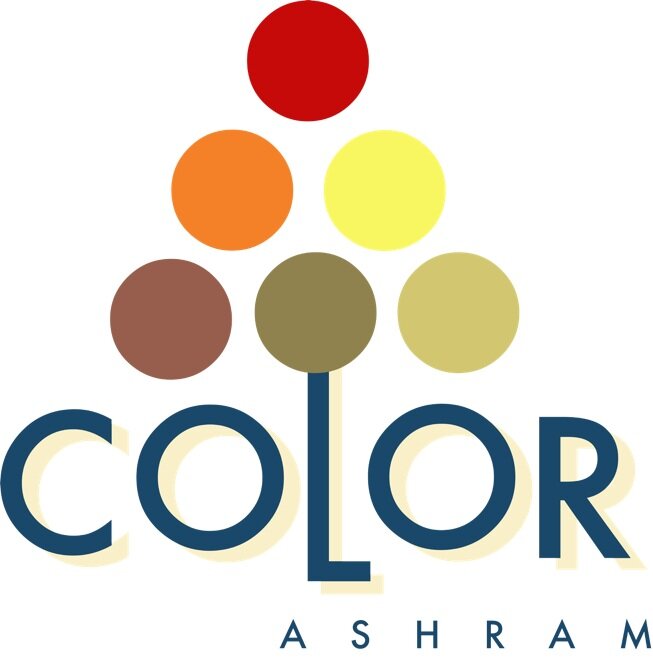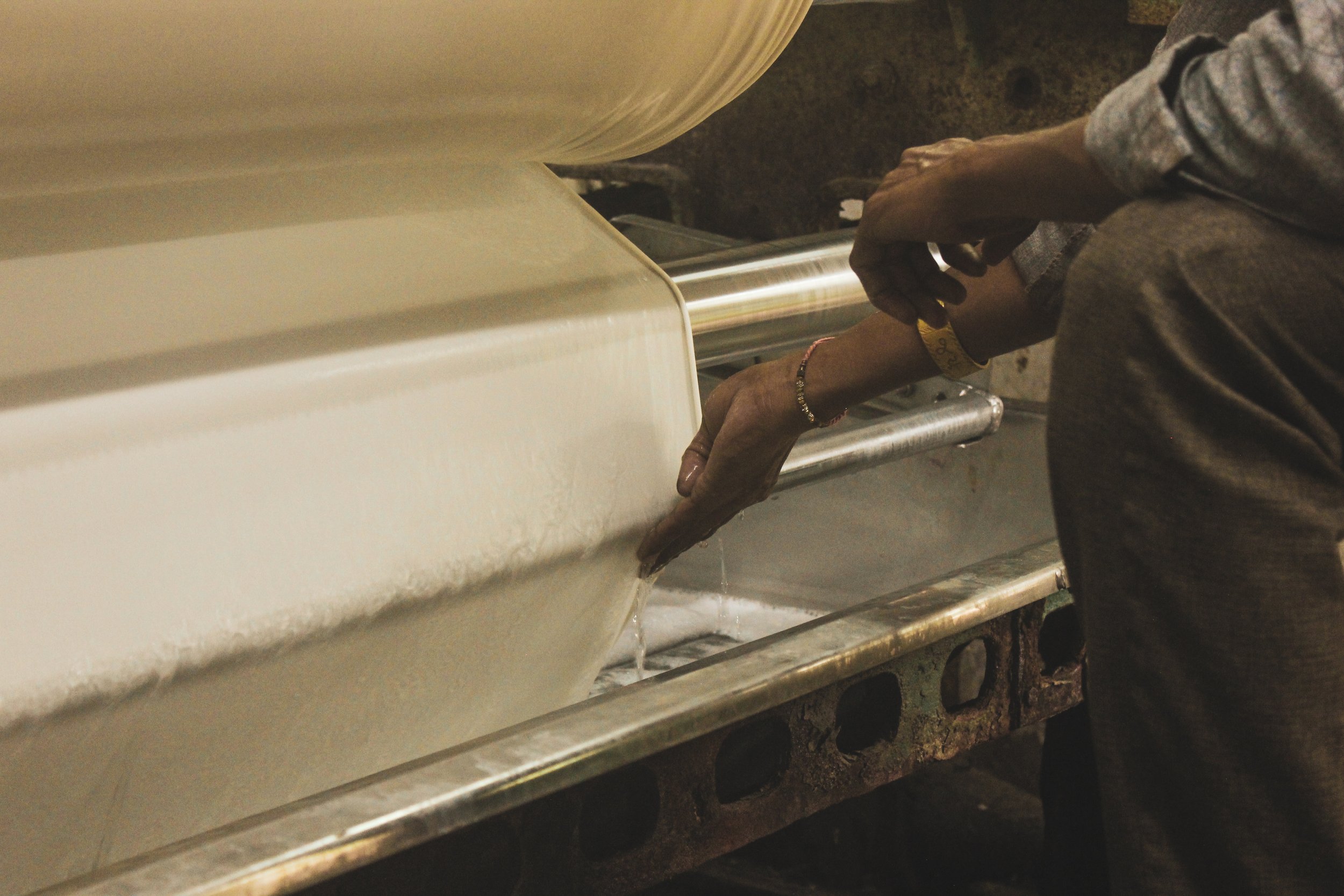Natural dyes for the modern world-The ColorAshram Edge
The accidental discovery of mauveine in 1856 changed how the world used color on clothing till then. It paved the way for an unprecedented transformation and color boom in the textile and fashion industries. Fast forward 160+, these synthetic color compounds and their application on an industrial scale (combined with other textile production processes) are now notorious as the second biggest polluters of water bodies world over. There is a wake-up call from multiple quarters across the globe to switch to safer, environment-friendly and importantly, sustainable alternatives. Natural dyes may seem like the no-brainer solution in this scenario. Unfortunately, these nature-derived colors from the old world aren't the seamless puzzle blocks that can solve our current textile pollution problems.
The limitations in conventional natural dye processes led founders Namrata and Arun to establish TrueTone Ink, a natural dyeing facility and ColorAshram, a natural dyeing studio and learning center that offers standardized, scalable, and sustainable solutions. Born through over two decades of rigorous research and hands-on experience with natural dyes, ColorAshram’s primary offering - ready-to-use dye powders and paints - is just what the modern consumer needs to switch to natural dyes.
A Dyestuff Repository Curated Carefully
Natural dyeing uses local plants and minerals as dye sources and is often governed by geographies and nativities. A dyestuff available abundantly in one part of the world may be unheard of in another. ColorAshram addresses this limitation in using a raw material repository built on plant and mineral sources found primarily in the Indian subcontinent. Staples include myrobalan, pomegranate peels, madder, Flame of Forest flowers, wood flowers, and indigo among others. And the result - dyes that are vegan, economical and which perform better on light and wash fastness tests.
Pantone-like Standardized ‘TrueTones’
Achieving shade consistency is one of the biggest challenges in natural dyeing. The climatic conditions, water quality, season, locale, and many other factors hugely affect color outcomes. Through repeated trials and errors and technological interventions, ColorAshram has successfully developed their mordant-containing ready-to-dye powders, which, in prescribed concentrations, can produce exact shades on a given type of fabric. The collection currently consists of 30 standard shades (or ‘TrueTones’ as ColorAshram calls them) reproducible on cellulose and protein fibers.
From Hand to Machine - Scalable Dyeing
Natural dyeing was initially designed for the hand and often turns laborious when trying to achieve uniform results. ColorAshram’s dye powders, however, are not just for hand dyeing. They are adaptable to machinery that deploys synthetic colorants, a feature that makes industrial-scale application of natural dyes possible. Furthermore, this allows even color results and fastness properties comparable to those of synthetic dyed consumer textiles (machine-dyed fabrics at ColorAshram score between 3 and 4 on the wash fastness scale)
Intrigued much by ColorAshram’s way of natural dyeing? Check out our work here.



